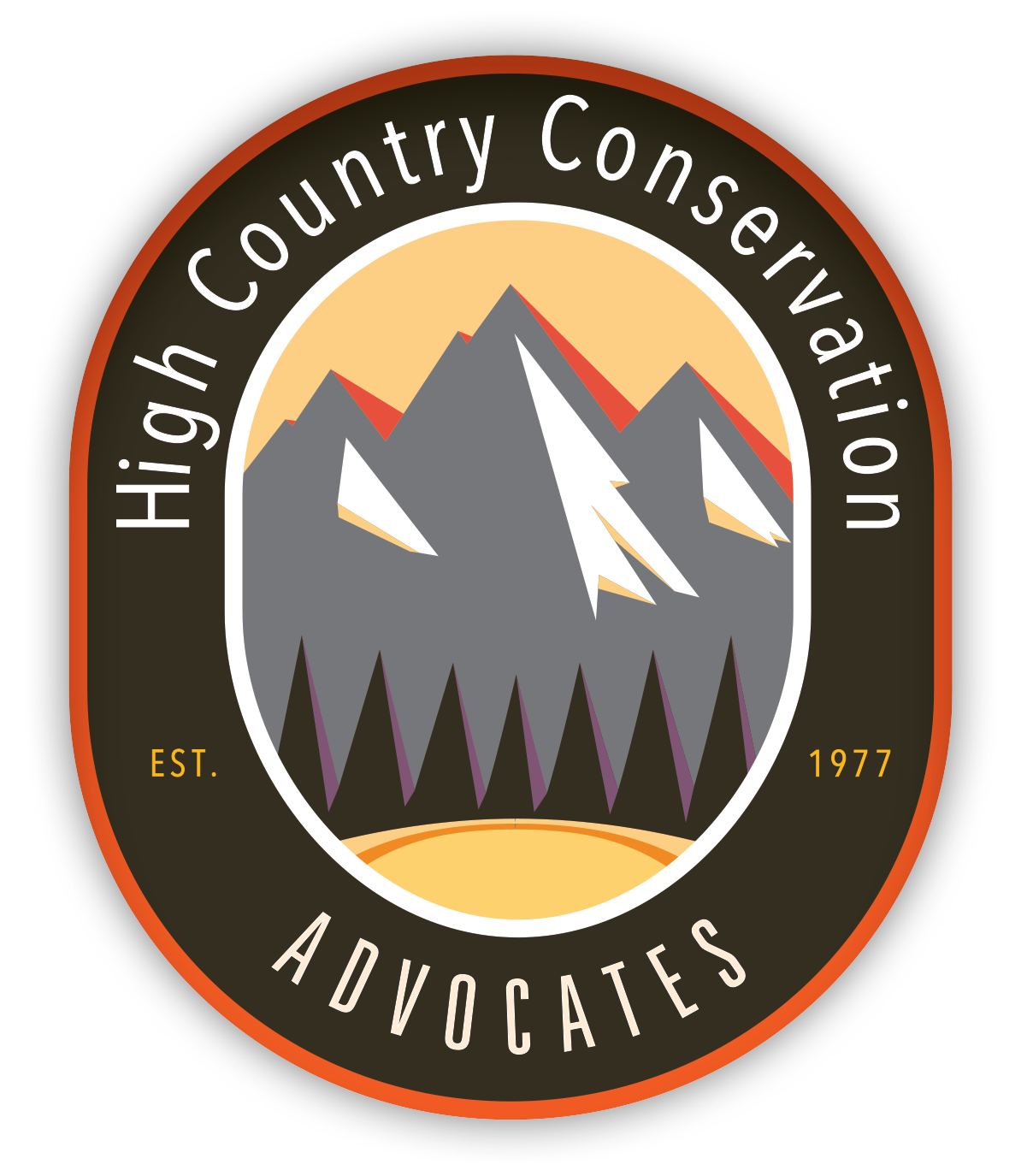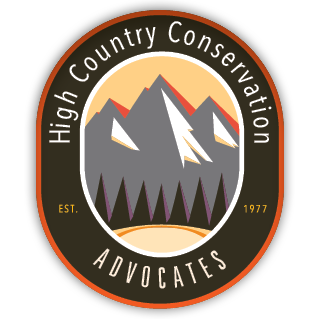
Forest Health
One of the noticeable impacts from climate change seen in Gunnison County and western Colorado is the expansion of the spruce beetle and subsequent decline and death of hundreds of thousands of acres of spruce forest.
Healthy, intact forests are immensely beneficial. Forest ecosystems provide clean water and air, habitat for wildlife, forage for livestock grazing, and a multitude of recreational and research opportunities. Increasingly, opportunities for quiet solitude and spiritual renewal in natural forests are highly valued by the American public.
The long-term health of the forest and its inhabitants must be the overriding concern of public forest management. All activities on the GMUG National Forest, in combination, should support the continued viability of forest ecosystems and adjacent human communities. Within our central Colorado region, maintenance of ecosystem integrity demands a reduction in commercial logging throughout the GMUG and other National Forests. Emphasis should be shifted from timber harvesting and road building, to maintaining, enhancing and, where appropriate, restoring the diversity of native species and natural ecosystem functioning. Timber harvest should only be used as a tool to further these goals, not as an end in itself.
HCCA began its forest program in 1977 with an appeal of a timber sale on Kebler Pass which threatened wildlife, recreation and the Crested Butte municipal watershed. We sought and gained a change in cutting patterns and reduction in harvest level. In 1983, we appealed the GMUG Land Management Plan on grounds that it claimed many false economic benefits from logging. We won that appeal and forced a new economic analysis. In 1989, we organized public opposition to a Forest Service proposal to grossly increase aspen clearcutting to serve the Louisiana Pacific waferboard mill in Olathe. We successfully achieved a much lower increase in cutting.
In recent years, HCCA has achieved significant improvements and additional environmental safeguards in the Spruce Beetle Epidemic and Aspen Decline Management Response (SBEADMR) Project, Taylor Park Vegetation Management Process, and is currently challenging the Powderhorn Fuels Project (see below).
HCCA believes that the Forest Service should focus logging in the highest priority areas, namely: areas where houses and other infrastructure are close to the forest; along roads; in and around campgrounds, picnic grounds and trailheads; and along power lines. Moreover, frank conversations about the Forest Service’s mandate to provide commercial timber must occur.
Recent Logging Proposals
Powderhorn Fuels Project
In 2016 the GMUG finalized its decision to log 120,000 acres of aspen and spruce across the forest. HCCA was involved in this process during all stages of its development, and our efforts ensured that additional accountability and science were built into the decision. The SBEADMR decision provides a framework for subsequent logging projects for approximately another decade. HCCA continues to challenge new SBEADMR projects where appropriate, and works to ensure that public lands impacts are avoided, minimized, and mitigated to the greatest degree possible.
Read Our 2020 Comments
Taylor Park
The Gunnison Ranger District is proposing to “treat” over 15,000 acres of public lands in Taylor Park through a combination of clearcuts, overstory removal, fuel treatments, and other logging methods. The primary goal of over 11,500 acres of this logging is “dwarf mistletoe reduction or eradication.” To facilitate this intense level of forestry, the Forest Service is proposing to construct up to 109 miles of new, temporary roads throughout the Taylor Park area. HCCA is working hard to reduce the size and intensity of this project.
Read our scoping comments
Read our comments on the Environmental Assessment
Spruce Beetle Epidemic and Aspen Decline Management Response (SBEADMR)
In 2016 the GMUG finalized its decision to log 120,000 acres of aspen and spruce across the forest. HCCA was involved in this process during all stages of its development, and our efforts ensured that additional accountability and science were built into the decision. The SBEADMR decision provides a framework for subsequent logging projects for approximately another decade. HCCA continues to challenge new SBEADMR projects where appropriate, and works to ensure that public lands impacts are avoided, minimized, and mitigated to the greatest degree possible.




